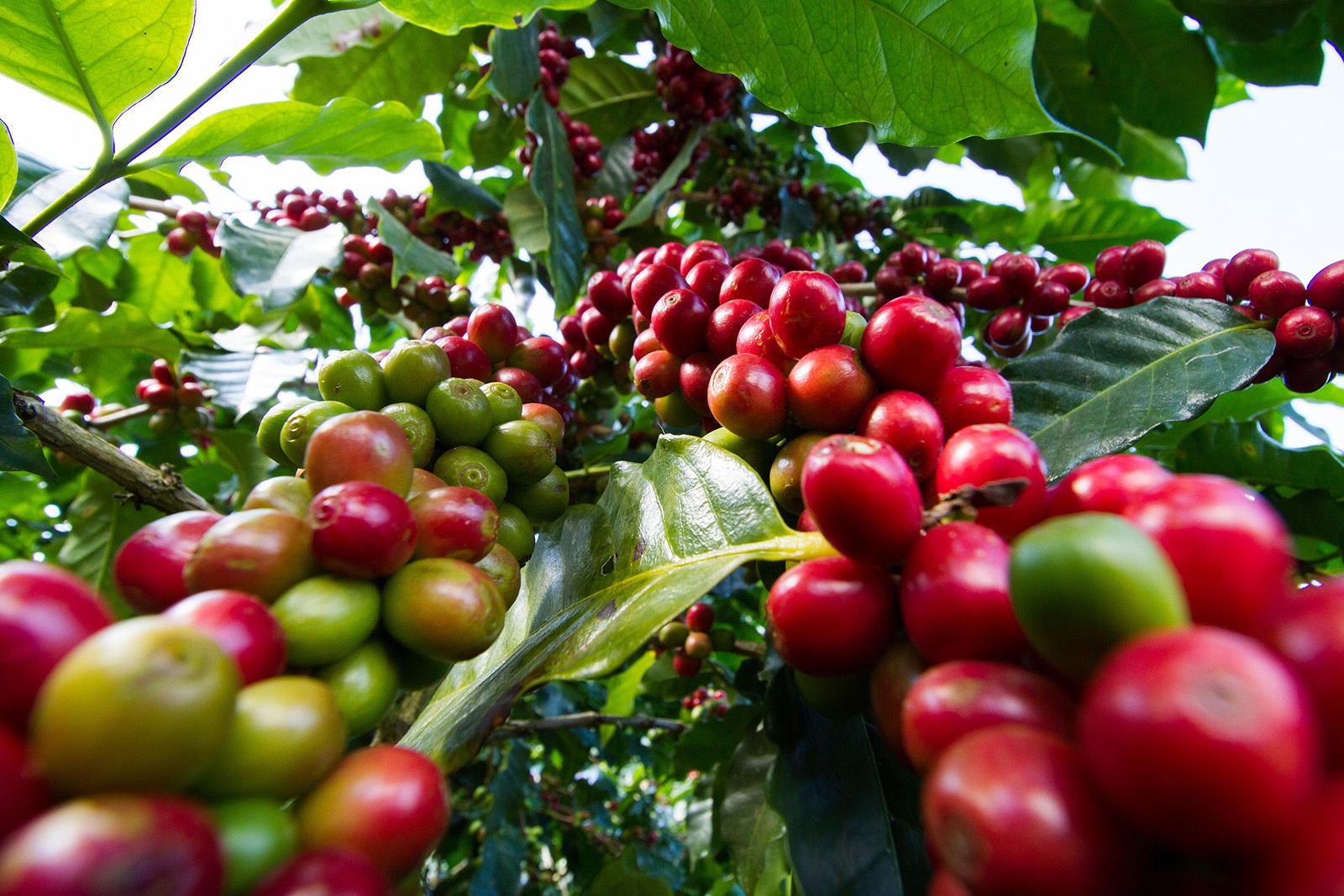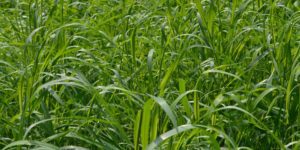Coffee plants come in two main varieties:
Coffee Arabica
Coffee Robusta.
ARABICA
- The beans are mild in the cup, with comparatively less caffeine, while Robusta tree appears bushier, the leaves are large and berries form in clusters.
- Coffee research foundation (CRF) Currently coffee research institute (CRI) currently produces four commercial cultivars (varieties) of Arabica coffee.
- Different varieties are recommended for various altitudes.
K7
- Grow well in low altitude coffee areas with serious coffee leaf rust (CLR).
- It was selected at Legetet Estate in muhoroni from the French mission coffee.
- It is distinguished by its spreading habit on young laterals although older primaries tend to be decumbent or drooping.
- It has characteristic medium to narrow leaves with young shoots-tips that are intermediate bronze in colour.
- The cultivar has resistance to some races of CLR as well as partial resistance to CBD.
- The bean and liquor qualities are good.
SL 28
- The cultivar was selected at former Scott laboratories (now the National Agricultural laboratories, NARL situated at kabete) on a single tree basis from Tanganyika Drought Resistance variety selected in Northern Tanzania in 1931. The prefix SL in the variety name are acronymous for Scott Laboratories where the variety was selected. The name is completed by a serial number (28) for the selection.
- The cultivar grow well in medium to high coffee areas without serious CLR.
SL 34
- The cultivar is suited for high coffee zone with good rainfall.
- It was also selected at the former Scott Laboratories from French Mission Coffee. The cultivar is adopted to high altitude areas with good rainfall. It is majorly characterized by dark bronze shoot tipped plants with a few green-tipped strains. The laterals have semi-erect habit which tend to become decumbent or drooping on older primaries. The cultivar produces high yields of fine quality coffee but is susceptible to CBD, CLR and BBC.
Ruiru 11
- The cultivar is suited to all coffee growing areas. It is resistance to both coffee berry disease (CBD) and CLR.
- The cultivar was released in 1985. The variety name has the prefix “Riuri” referring to the location of the Kenya Coffee Research Station where the cultivar was developed. The name is completed by an additional two designated parent populations and the second number defines the sequence of release. In this case the first release.
- The cultivar is not only resistant to CBD and CLR but is also compact allowing farmers to intensity production per unit land especially in high potential areas where population is high and coffee is in competition with other crops and farm enterprises required for food security and income. Ruiru 11 is planted at a density of 2500/3300 trees/Ha compared to 1300 trees/Ha for traditional varieties. This translate to high into a higher production per unit area of land. The variety comes into production earlier, hence earlier realization of benefits to the farmers. The development of Ruiru 11 also took into consideration the importance of quality as a major marketing parameter. Since the quality of the traditional varieties was already popular among consumers of Kenya coffee, Ruiru 11 was developed with quality attributes similar to the traditional varieties.
Batian
- True breeding Arabica coffee variety resistant to coffee berry disease and leaf rust.
- The growth habit is tall statured plant with vegetative features similar to those of SL 28. The cultivar produces many primary branched with horizontal but occasionally erect branching habit which tends to become semi-drooping after successive crop bearing seasons. It produces average to profuse secondary branching and is ever green throughout the year under good management.
- Young leaves have medium purplish coloration giving a bronze colour but occasionally absent or weak, giving a green -bronze coloration. Mature leaves have medium width which compares closely with SL 28.
- Internodes of the cultivar are longer on both the main stem and branches that compares closely to SL 28.
- Ripe berries are larger and bold, endosperm is green while the center cut is mostly singled and straight.
KENYA COFFEE SEASONALITY
Kenya’s coffee crops in general flower after the rains commence – this occurs in March and April with the coffee cherry (fruit) ripening from October to December and then again in October and November and cherry coming to ripening from May to July. However the above condition has changed due to climate change experienced across the country. Most of farmers does not have the two season coffee because of poor feeding of the crop. They experience biennial cropping. Biennial cropping/bearing occurs in fruit trees where they carry a heavy crop one year and little or none the next year. To avoid biennial cropping farmers should ensure they spray ZINC GOLD® at a rate of 10mls per 20ltr of water and VITABOR GOLD® at a rate of 20mls per 20ltr of water after pruning and should be applied 1-2 month before flowering i.e. I normal condition January/February and July/August.






